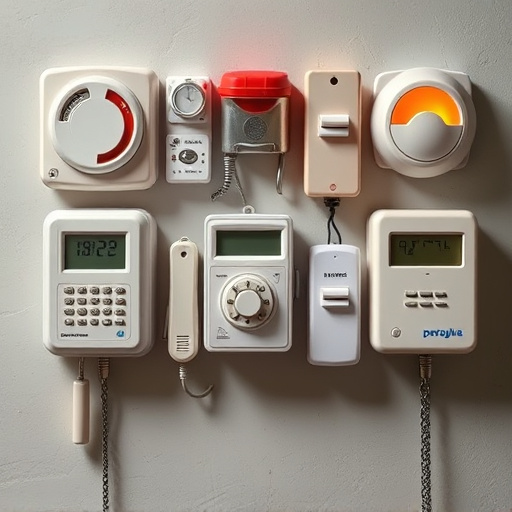Compact personal alarms are essential safety tools for students navigating campus environments at night or in unfamiliar locations. Their small size, discreet design, powerful sounds, and advanced GPS tracking enable immediate assistance and accurate user location for emergency services, potentially preventing dangerous situations. This technology revolutionizes personal safety outdoors, during adventures, or in urban areas, providing peace of mind for students with features like portability, robust construction, extended battery life, and connectivity options.
Personal protection beacons with GPS are essential tools for students, offering peace of mind in today’s bustling world. In this article, we explore the transformative power of compact personal alarms, delving into their lifesaving capabilities and how GPS tracking enhances student safety. From understanding the technology behind these devices to choosing the right beacon, we provide valuable insights to ensure students remain secure while navigating their daily routines.
- Understanding Compact Personal Alarms: A Lifesaving Tool for Students
- GPS Tracking and Safety: How It Works and Benefits for Personal Protection
- Choosing the Right Beacon: Features to Consider for Effective Student Safety
Understanding Compact Personal Alarms: A Lifesaving Tool for Students
Personal protection beacons with GPS are becoming increasingly vital tools, especially for students navigating unfamiliar territories or late-night campus walks. Among these devices, compact personal alarms stand out as lifesaving tools designed specifically to address the unique safety concerns of students. Their small size and discreet nature allow them to be easily carried in pockets or attached to bags, ensuring that help is readily available when needed.
These alarms not only emit powerful sounds to deter potential threats but also feature GPS tracking capabilities, enabling emergency services to pinpoint the user’s location with accuracy. This functionality is particularly valuable in poorly lit or remote areas where students may feel vulnerable. With just a quick activation, these compact devices can attract attention and alert authorities, potentially preventing dangerous situations from escalating.
GPS Tracking and Safety: How It Works and Benefits for Personal Protection
GPS tracking is a powerful tool that enhances personal safety, especially in scenarios where individuals might be at risk or isolated. In the context of personal protection beacons, GPS technology plays a pivotal role. These compact personal alarms for students and other vulnerable groups allow users to quickly transmit their precise location data to emergency services or trusted contacts. With just a simple button press, an individual can initiate a distress signal, ensuring swift response times.
The benefits are numerous: it enables faster rescue operations during emergencies, provides peace of mind for those traveling alone, and offers an additional layer of security in unfamiliar places. GPS-enabled beacons can automatically detect and report location changes, even when the user is immobile, making them ideal for situations where someone might be injured or unable to move. This technology has revolutionized personal safety, especially outdoors, during adventures, or in urban settings with dense populations.
Choosing the Right Beacon: Features to Consider for Effective Student Safety
When selecting a personal protection beacon with GPS, especially for student safety, choosing the right device is paramount. Key features to look out for include compact design and portability—a small, lightweight beacon that can easily fit in a backpack or pocket ensures students remain equipped without causing discomfort or hindering their movement. Integrated GPS tracking allows authorities to pinpoint the user’s location swiftly during emergencies, enhancing response times. Additionally, robust construction and water resistance are essential, as students may encounter diverse environments, from outdoor field trips to inclement weather.
Battery life is another critical aspect; a beacon with an extended battery lifespan ensures students remain protected throughout their day without frequent recharging. Connectivity options like Bluetooth or cellular networks enable seamless integration with existing safety systems or personal communication devices. Moreover, user-friendly features such as simple activation and bright alarm sounds contribute to effective student safety, ensuring they can quickly attract attention in case of distress. A compact personal alarm for students that incorporates these elements serves as a powerful tool for enhancing their security and peace of mind.
Personal protection beacons with GPS, particularly compact personal alarms designed for students, offer a powerful tool for enhancing safety. By integrating GPS tracking and straightforward alarm functionality, these devices empower students to protect themselves in emergencies. When choosing a beacon, consider key features like battery life, water resistance, and easy-to-use interfaces to ensure maximum effectiveness. Investing in one of these compact personal alarms is a proactive step towards creating a safer environment for students both on and off campus.
